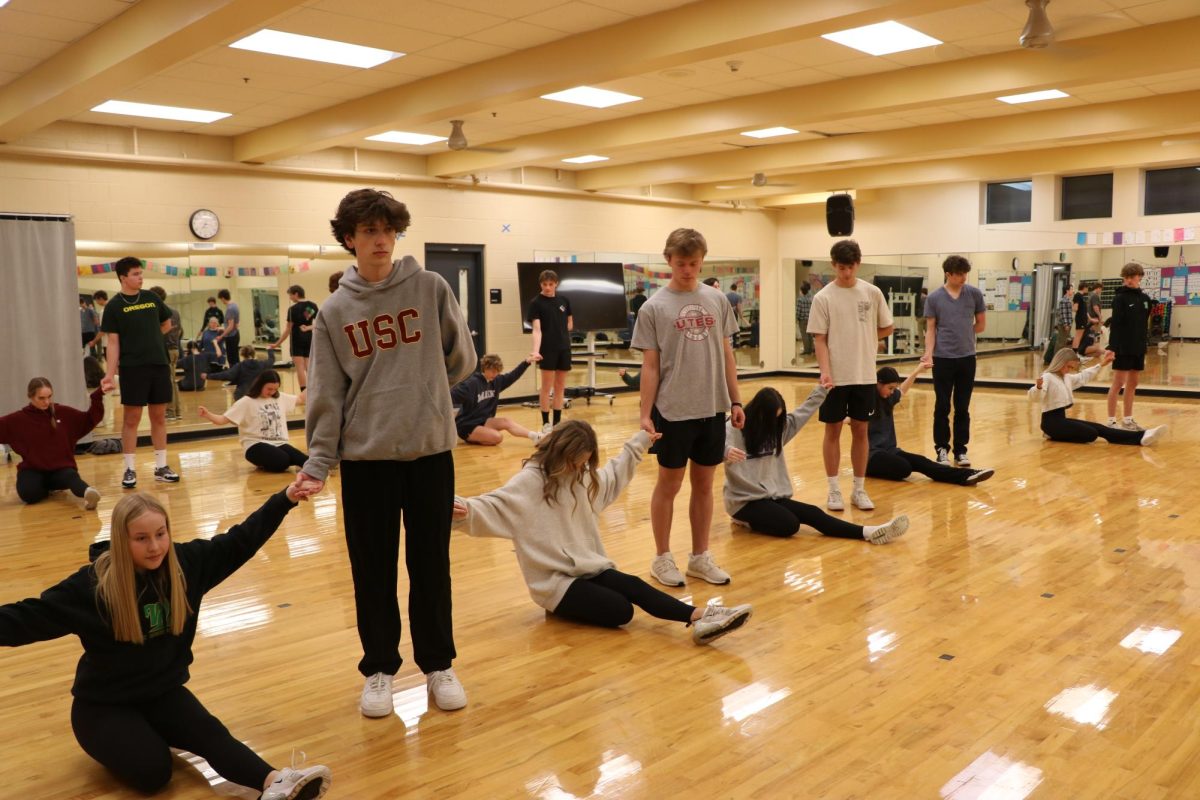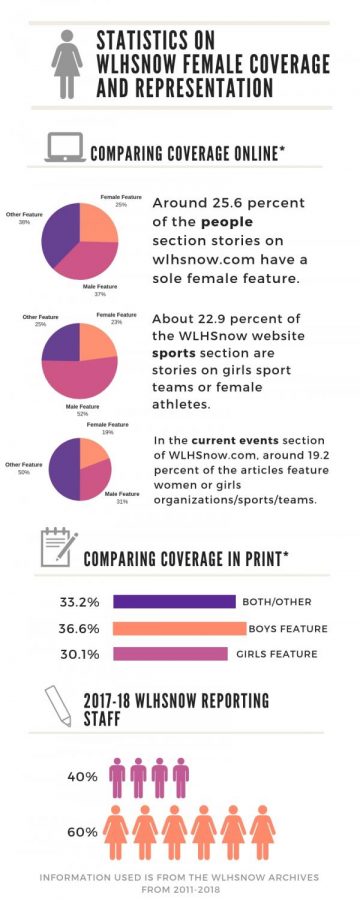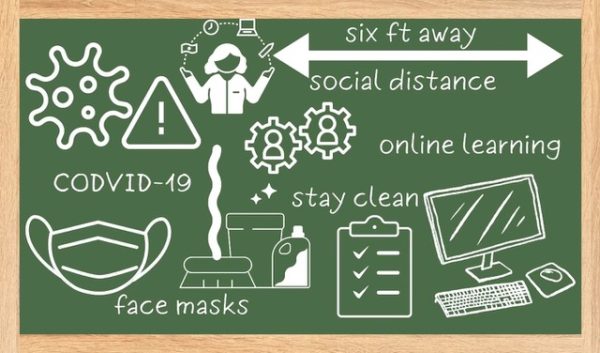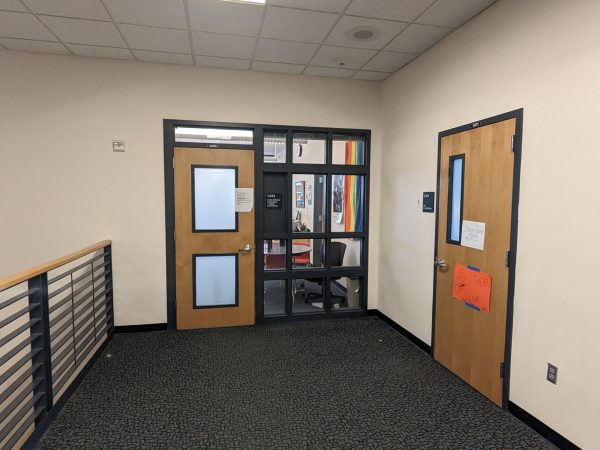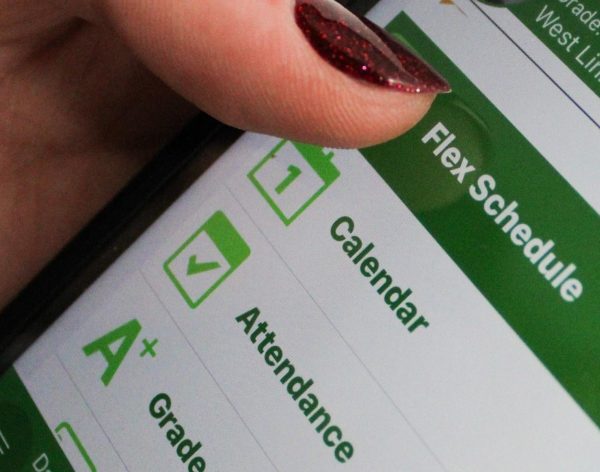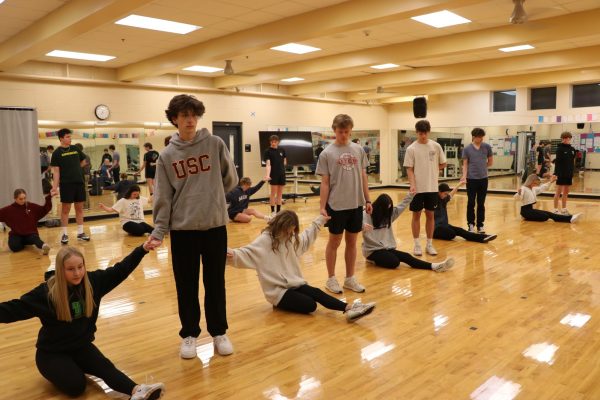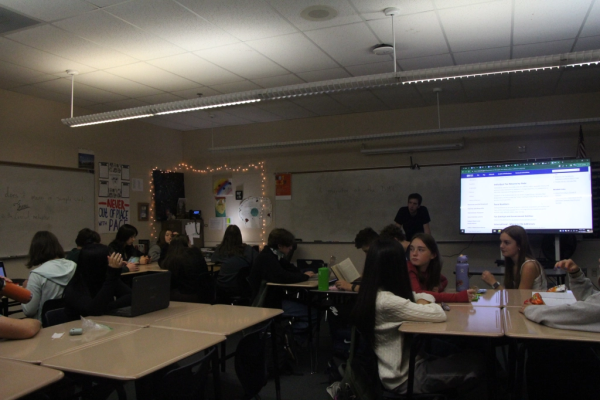Equality in coverage
Looking back on how wlhsNOW has covered both genders equally in it’s articles
An infographic recording how wlhsNOW is doing in equality of coverage
This story was originally published in the fall 2018 edition of The Amplifier.
It’s no question that throughout history, women have faced their share of inequality, and even still do today, in just about every aspect of life. However, after years of inequality within pay, representation, education, and more, women’s equality has been on the rise in the past decade. With efforts to close the gender pay gap and more and more women getting elected into office, news publications have been making the effort to create more equality within themselves by featuring pieces about women and pieces by women.
As we watch large-scale news companies reflect and better how they equally cover things, it’s important for students at The Amplifier and wlhsNOW to reflect, analyze, and answer this question: Are we covering students of each gender equally?
Looking back at the six year’s worth of archives on the wlhsNOW website and past spring editions of The Amplifier makes one thing clear: there is an imbalance in coverage between girls and boys. Looking at archived articles, numbers show that there is a slight bias towards male-focused coverage, as there are less female-feature pieces across the board.
However, this imbalance is seen more or less clearly in different sections of our publication. In sections like current events, there’s only about 31 percent of coverage going to female-centered events or people, but in contrast, definite imbalance can be seen in the sports section.
West Linn is a very sport-centered high school. Along with the large numbers of students that participate in the wide range of athletics offered, there is a strong sense of support from fellow students, staff, and other members of the community. This fact was clearly shown throughout the archives by the number of articles dedicated to covering sports: there are over 450 sports stories on wlhsNOW.com
But after looking closer at the wlhsNOW sports coverage, you can see that there is a significant difference between coverage on girls versus boys sports. Only 114 of the sports stories were written about a girls sport team or a female athlete, while there are 260 boys sports stories up nearly 52.4 percent of the total number. So, even at such a sport-centric school like West Linn, girls are still lacking equal coverage. Why is it that the boys have a stronger emphasis in sport coverage?
For one, the most popular sport at most of the high schools in the U.S today, football, is a boys sport. At every football game, there are hundreds of students and parents in the stands to support their team, and not to mention the 75 players on the football team itself. With popularity comes coverage, resulting in many of the archived articles focusing on the successes of Lions football. This same case can be made for the boys basketball team at WLHS; the state-champion winning streak drew in a many students, making the sport a likely second to football, in terms of popularity. It’s difficult for girls sports to compete with the more-popular boys sports with sports like soccer and even their own basketball. This would offer an explanation to the imbalance in wlhsNOW and Amplifier sports coverage.
When thinking about popularity in boys versus girls sports and how that links to coverage, it’s important to note that this may not offer an explanation for every category. In the current events section, there is only a 31 percent rate of women-centered articles, but that is actually just about even with the rate of male-centered articles, due to the fact that Current Events is mainly about events that don’t always feature specific people. In the People section, popularity can’t explain why only 25.6 percent of the stories include a female feature.
Taking everything into account, it is clear to see that while coverage of female students and teachers at the school has been good, The Amplifier and wlhsNOW have shown a slight male bias and still have a little ways to go to get to equality in some areas. There doesn’t seem to be a true black-and-white answer to this problem at the moment; it’s really going to take more of a conscious effort among The Amplifier and wlhsNOW staff to enact the solution of making it a goal to cover more women in our publications. Before we can call out the inequality of others, we have to reflect on the inequality within our own publication.
Your donation will support the student journalists of West Linn High School. Your contribution will allow us to continue to produce quality content by purchasing equipment, software, and continuing to host our website on School Newspapers Online (SNO).
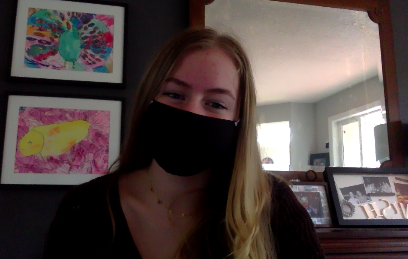
Delaney Callaghan, senior, is the People section editor for wlhsNOW. A member of the staff since her sophomore year, she loves writing about the unique...


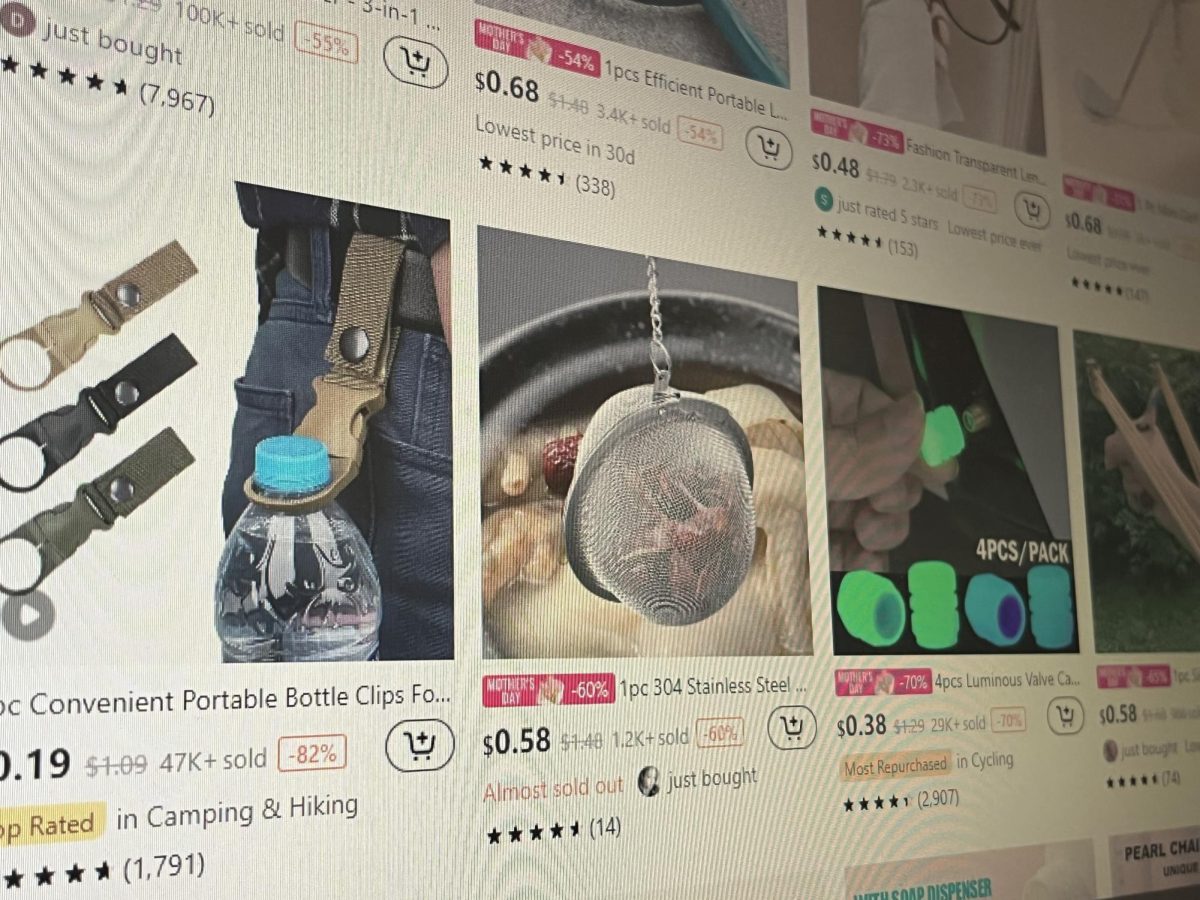























![Game, set, and match. Corbin Atchley, sophomore, high fives Sanam Sidhu, freshman, after a rally with other club members. “I just joined [the club],” Sidhu said. “[I heard about it] on Instagram, they always post about it, I’ve been wanting to come. My parents used to play [net sports] too and they taught us, and then I learned from my brother.”](https://wlhsnow.com/wp-content/uploads/2024/03/MG_7715-2-1200x800.jpg)





![The teams prepare to start another play with just a few minutes left in the first half. The Lions were in the lead at halftime with a score of 27-0. At half time, the team went back to the locker rooms. “[We ate] orange slices,” Malos said. “[Then] our team came out and got the win.”](https://wlhsnow.com/wp-content/uploads/2023/10/IMG_2385-1200x800.jpg)





![At the bottom of the third inning, the Lions are still scoreless. Rowe stands at home plate, preparing to bat, while Vandenbrink stands off to the side as the next batter up. Despite having the bases loaded, the team was unable to score any runs. “It’s just the beginning of the season. We’re just going to be playing out best by June, [and] that’s where champions are,” Rowe said.](https://wlhsnow.com/wp-content/uploads/2024/03/IMG_3077-1200x900.jpg)








